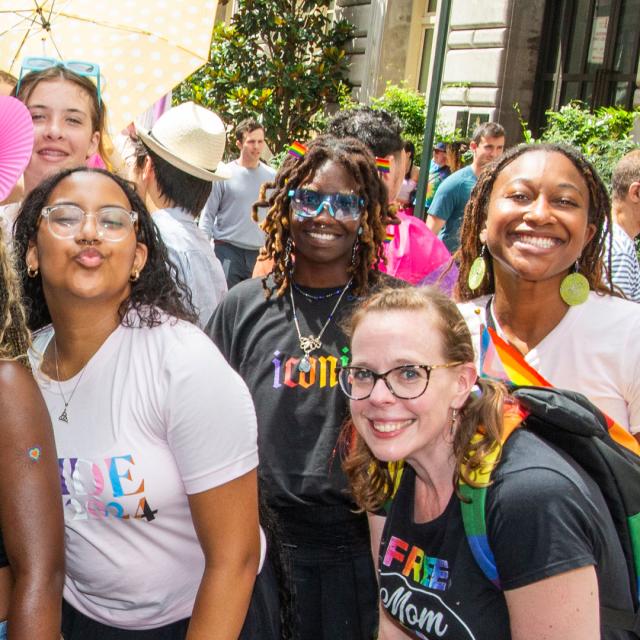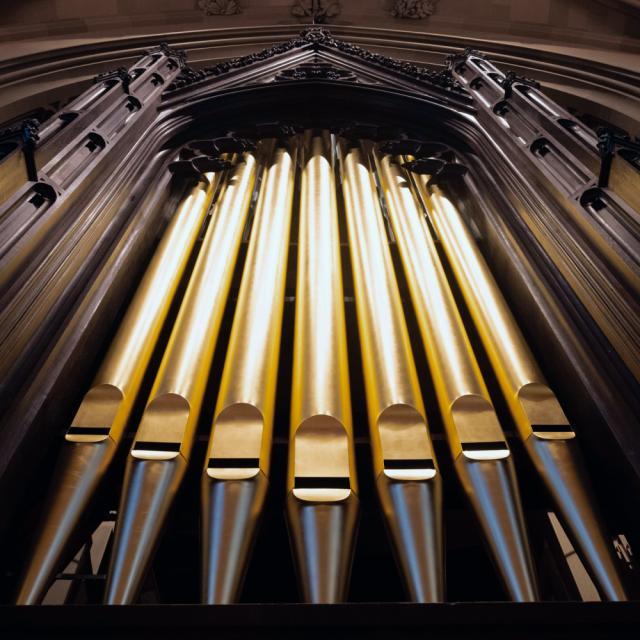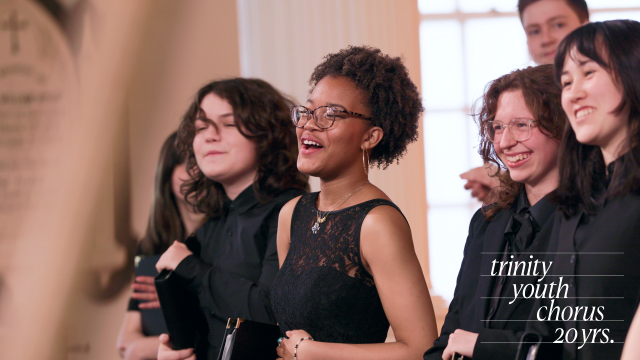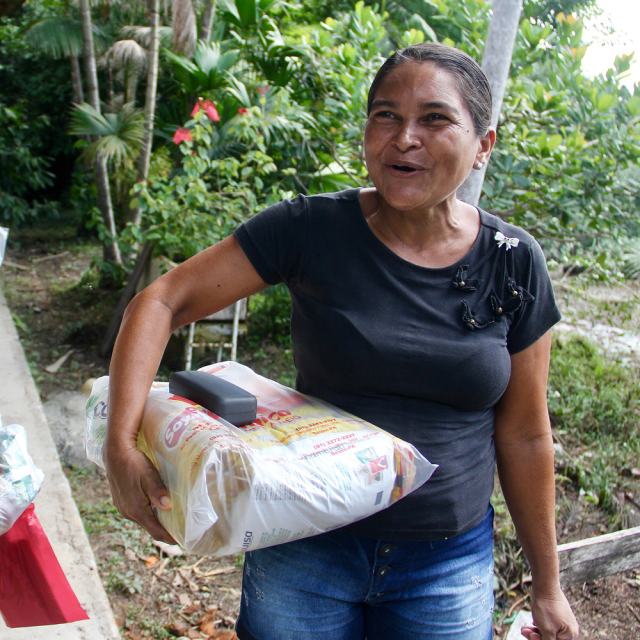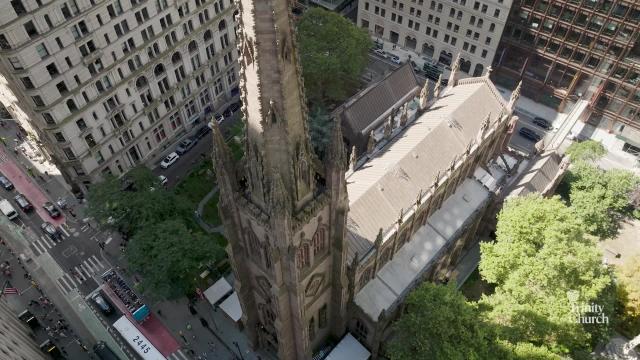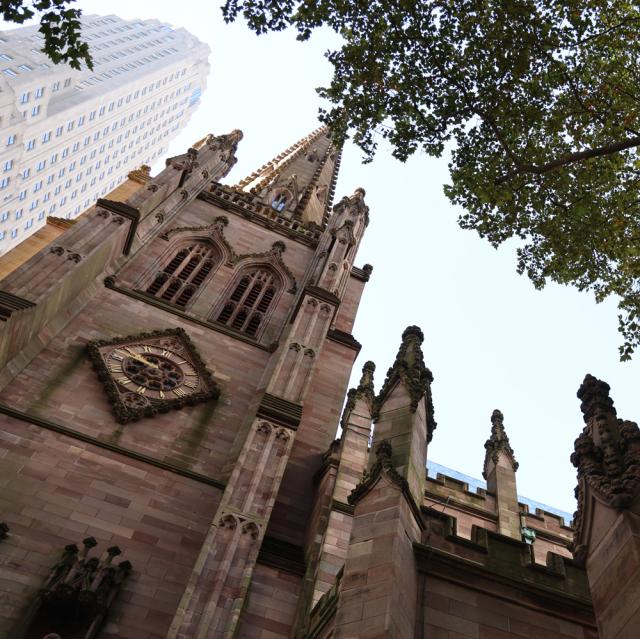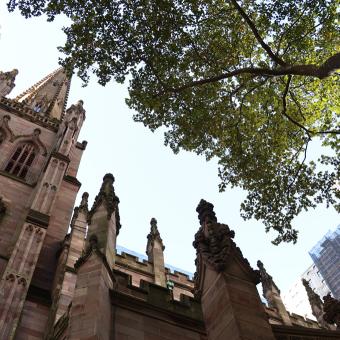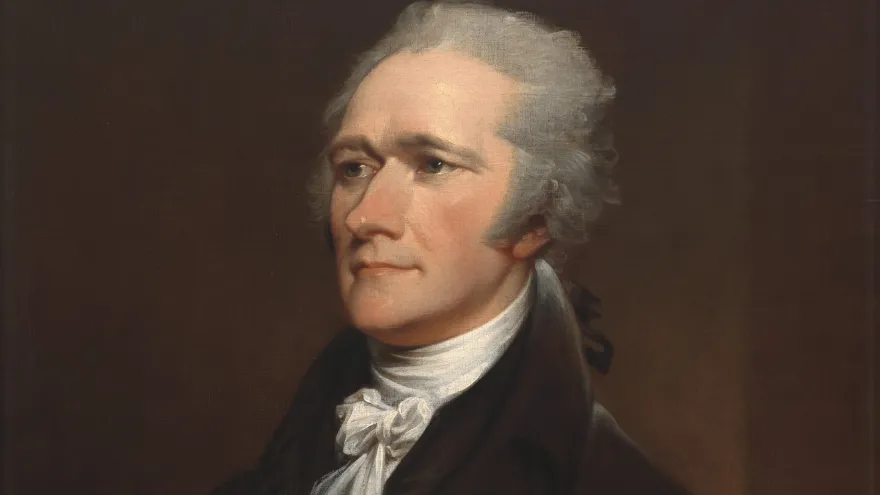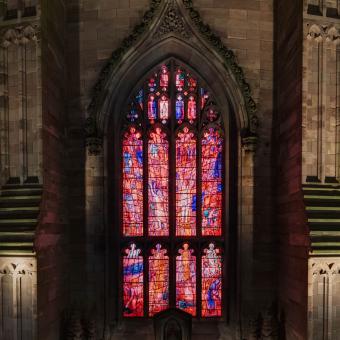Trinity Church: A Historic House of Worship
Plan Your Visit
Address: 89 Broadway, New York, NY 10006 | Broadway at Wall Street
Trinity Church is open to the public daily from 8:30am-6pm, and the churchyard is open from 8:30am-4pm.**
Entrance may be restricted at times based on weather conditions or construction. A security and safety check is required.
**
On Saturday, January 10, Trinity Church will open after 1pm.
Highlights
See the final resting places of Alexander and Eliza Hamilton, as well as Angelica Schuyler Church.
Visit the Soldiers' Monument, which honors Revolutionary War soldiers thought to be buried at Trinity.
Step into our sanctuary, a Neo-Gothic masterpiece and National Historic Landmark.
Get a closer look at Trinity's art, architecture, and changemakers with our augmented reality (AR) tours.
Our History
Trinity Church has been at the heart of New York City for over 300 years.
Our story began with a small group of Anglicans (members of the Church of England), who wanted to form their own parish in what was then the mercantile colony of New York. Although Anglican services had been held in the colony’s fort chapel, there was no official Anglican church on the island of Manhattan. In 1696, the group petitioned New York’s Royal Governor, Benjamin Fletcher, for a charter giving the church legal status, which Fletcher granted in 1697 on behalf of King William III. The first Trinity Church was erected on Wall Street in 1698, facing west toward the Hudson River.
To ensure the new church’s success, Fletcher granted Trinity a lease on a tract of land known as the King's Farm. That land stretched from what is today Fulton Street, north to Christopher Street, and from Greenwich Street (at the time bordering the Hudson River) east to Broadway. In 1705, Queen Anne made this land grant permanent by giving the church 215 acres, which Trinity used over the years to support its mission and ministry.
By 1750, the population of New York City had more than doubled. Services in Trinity Church were packed, so the church decided to construct its first “chapel-of-ease” for increasingly far-flung communicants. St. George’s Chapel opened on the corner of Beekman and Cliff Streets on the eastern side of the island in 1752. In 1766, with New York’s population nearing 20,000, Trinity built St. Paul’s Chapel just up Broadway at the corner of Vesey Street.
The first Trinity Church building was destroyed during the Revolutionary War in the Great Fire of 1776. The second church, which opened in 1790, faced Wall Street and was both longer and wider than the first, with a steeple that soared to 200 feet. George Washington, then President of the United States, attended the consecration ceremony. He and members of his government were regular worshipers in the new Trinity building during the brief period New York City was the capital of the United States. Notable parishioners from this time include John Jay and Alexander Hamilton.
The church stood until 1839, when heavy snow caused the roof’s support beams to collapse. British-born architect Richard Upjohn was brought in to repair the church but decided to completely rebuild instead. A fan of Anglo-Catholic liturgical style and English Gothic architecture, Upjohn designed a building that looked like a 14th-century English parish church. The third Trinity Church was consecrated on Ascension Day 1846 and is considered one of the first and finest examples of Neo-Gothic architecture in the country. With its 281-foot-high steeple, Trinity Church was the tallest building in the United States for 23 years and remained the tallest building in New York City until 1890.
At various times in its 300-plus year history, Trinity's parish has included a total of eleven different chapels. Some were created to serve scattered communicants who followed the general shift uptown in Manhattan. Others were founded to further missionary work in less well-to-do communities. Most chapels still in existence in the 1970s were made independent in 1976. The exceptions were the Chapel of St. Cornelius the Centurion on Governor’s Island, and St. Paul’s Chapel, which remain part of Trinity Church. Over its history, Trinity provided aid to more than 300 churches in the metropolitan area, earning it the title “mother of churches.”
Today, the small group of Anglicans who founded Trinity Church has grown to a community of over 1,600 members. Over the centuries, Trinity has either given away or sold portions of the original land grant from Queen Anne to aid other churches and develop sustaining investments. The remaining property and those investments now fund a $6 billion endowment that continues to provide for Trinity’s work in perpetuity, as dictated in Queen Anne’s original grant. From founding a charity school in 1709, to supporting Archbishop Desmond Tutu in Apartheid-era South Africa, to funding more than $200 million in grantmaking and neighborhood support programs since 2020, Trinity is guided by its mission to share God’s love for all people.
